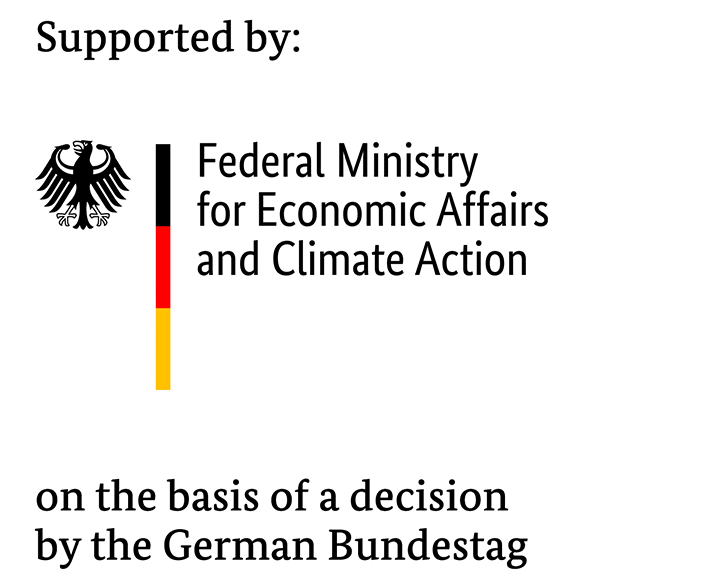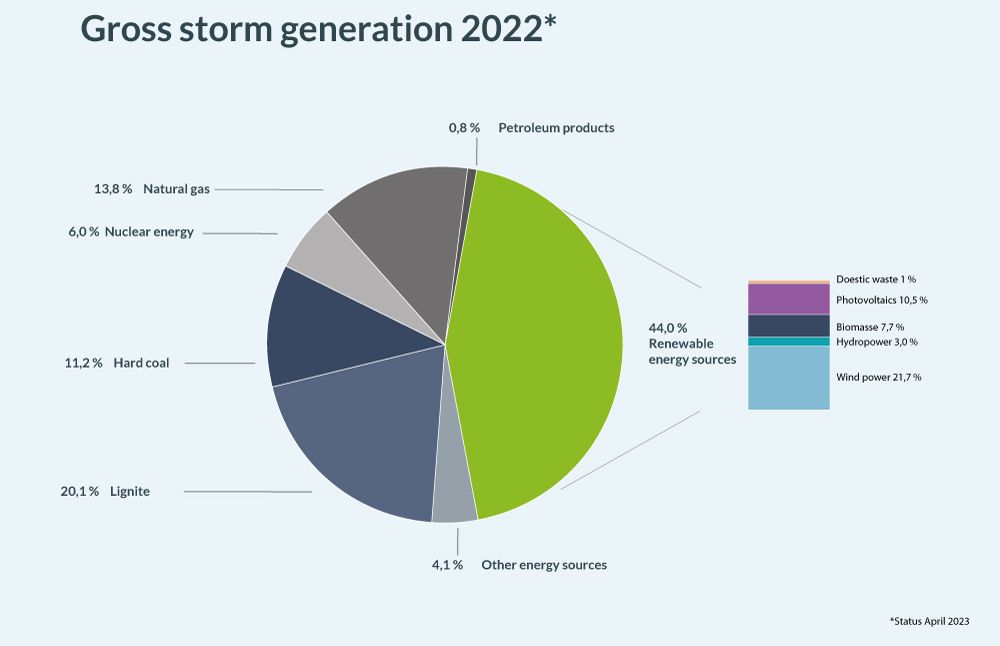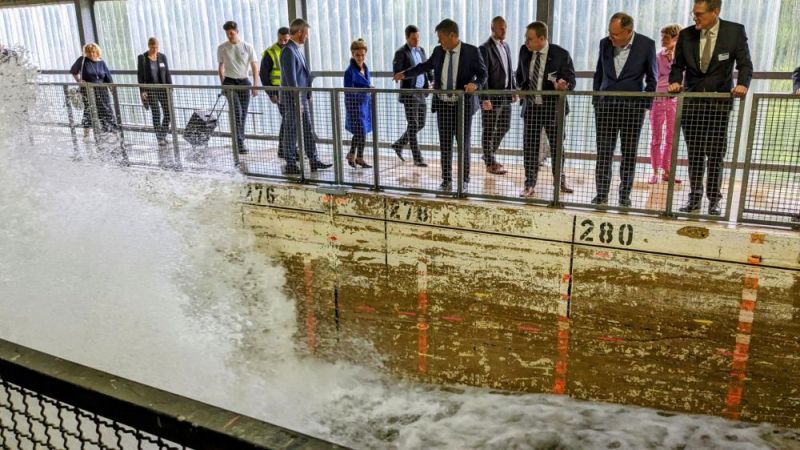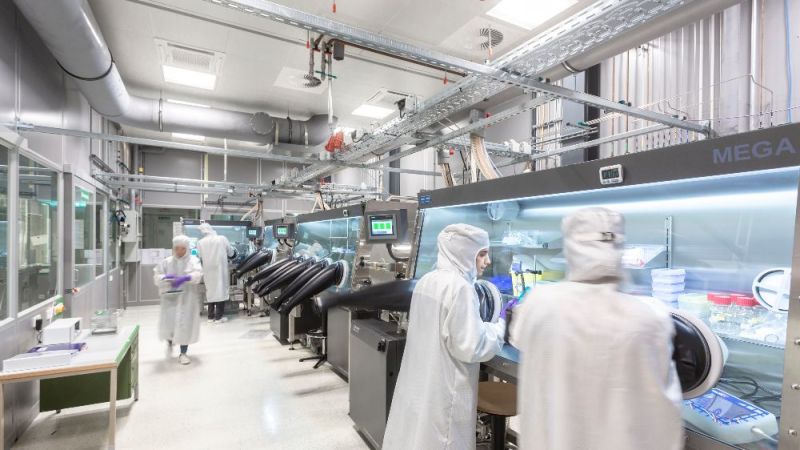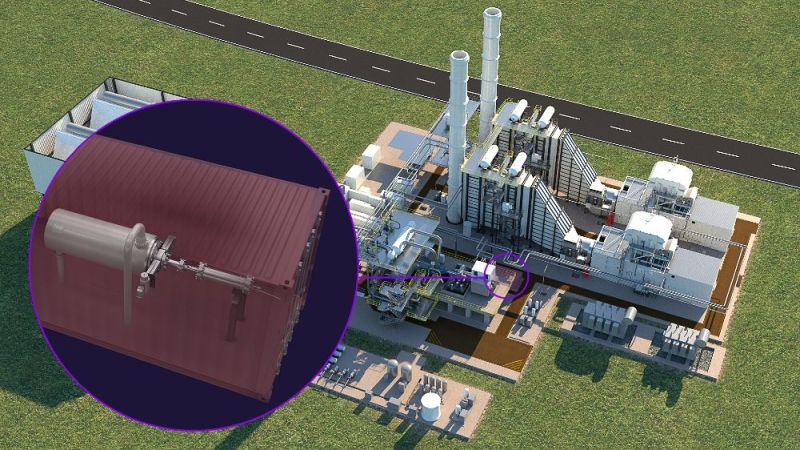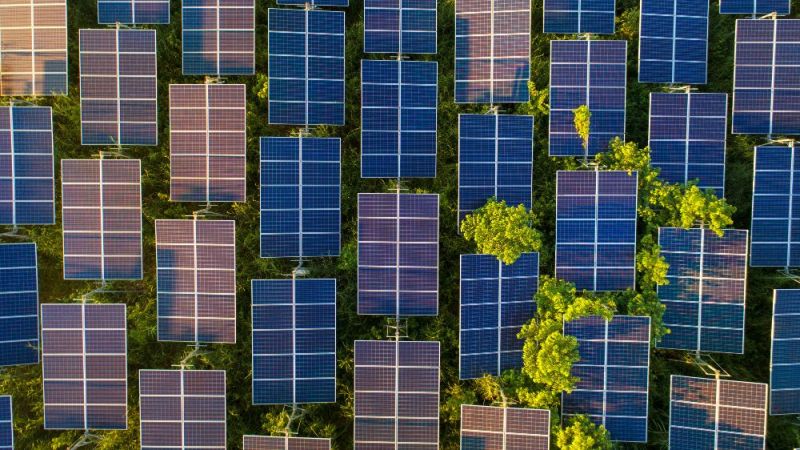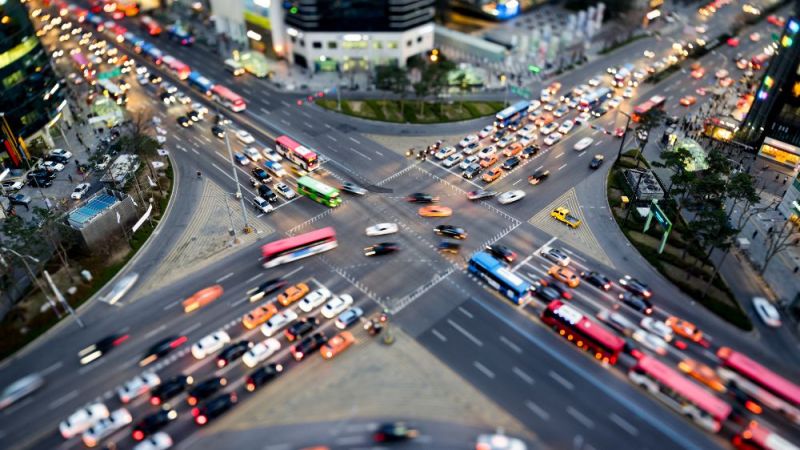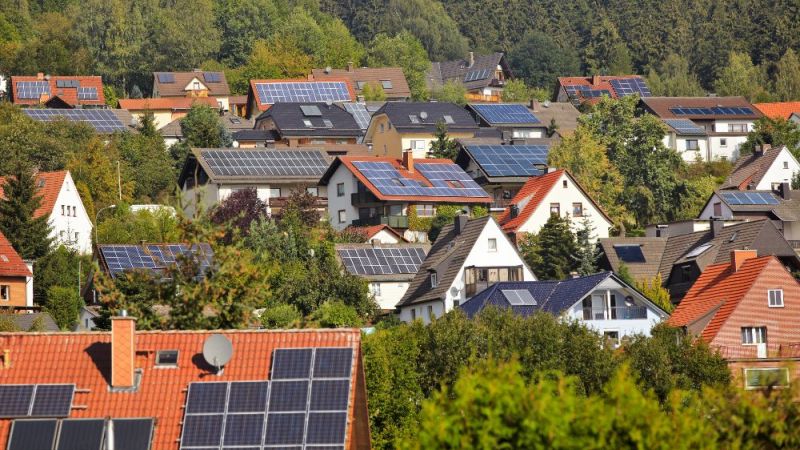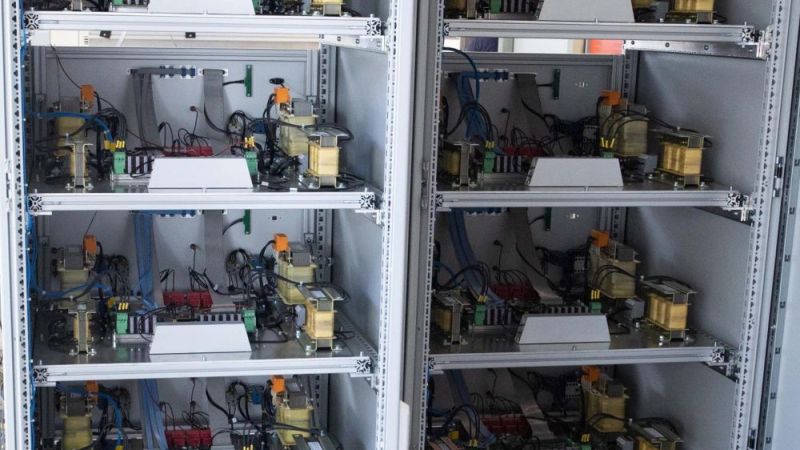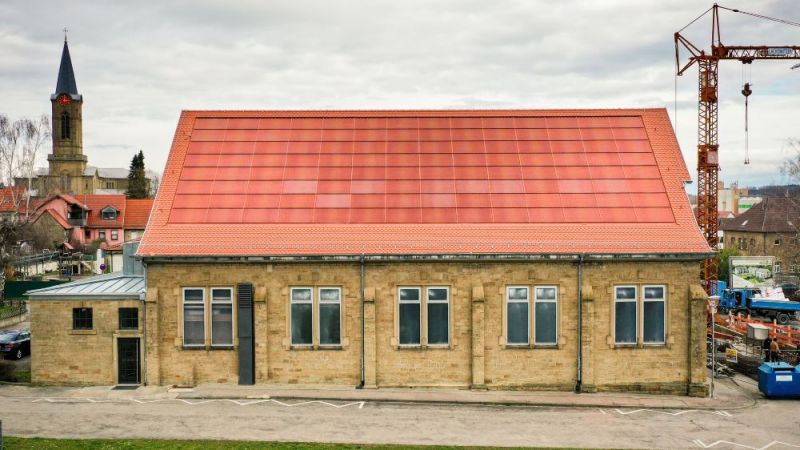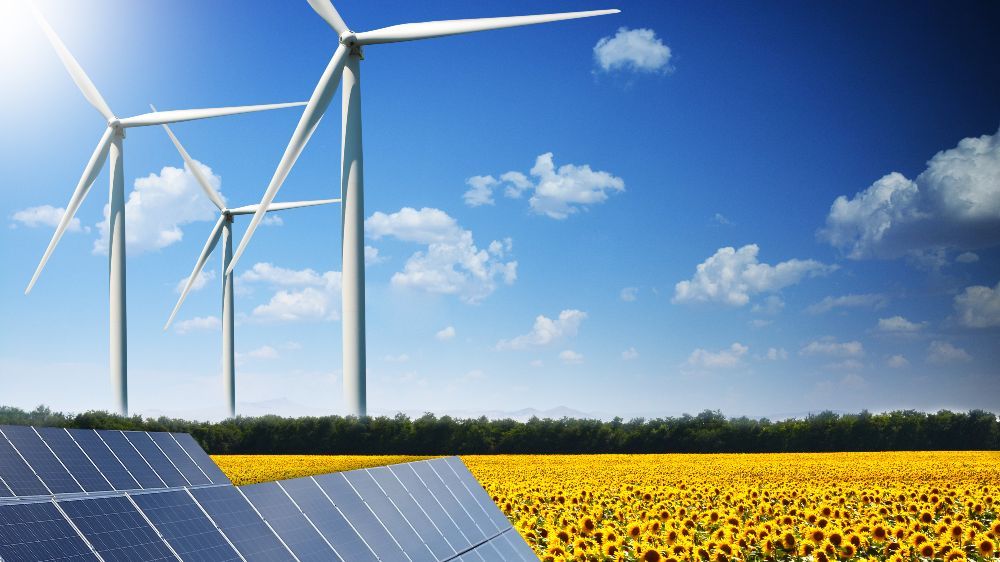
Energy transition in the electricity sector
The share of renewable energies in gross electricity consumption in Germany has risen to 44 percent in 2022. This electricity is largely fed into the grid by wind energy, biomass and photovoltaic plants or used for self-consumption.
Electricity demand must be covered even when there is no wind or sunshine. Conventional power plants are used to secure the supply. They must respond flexibly to fluctuations – which means they must be able to operate cost- and resource-efficiently in partial- and minimum-load operation.
Renewable and conventional energy sources must be optimally interlinked in order to successfully transform the energy system. Technological innovations in science and development are crucial in ensuring that this transformation is both climate-friendly and sustainable in the long run. Research into future-proof power generation technologies is an important mainstay in this context.
The German government plans to successively transform the country’s energy supply by 2045. The aim is to significantly increase the energy efficiency and to achieve climate neutrality by then. Future-proof power generation technologies play a key role in this context.

